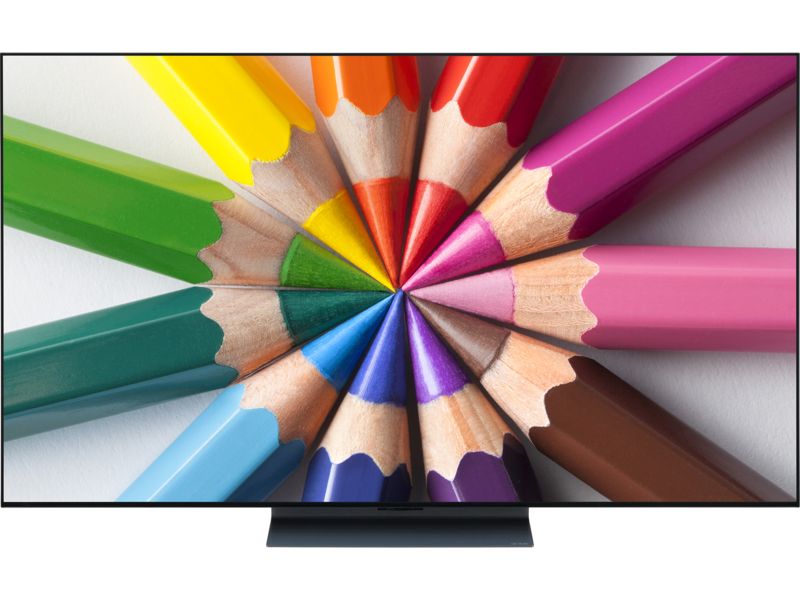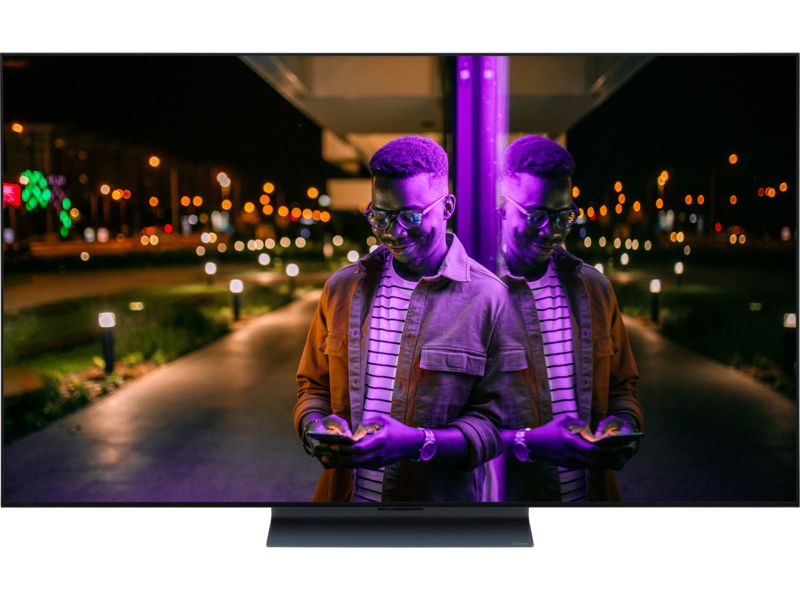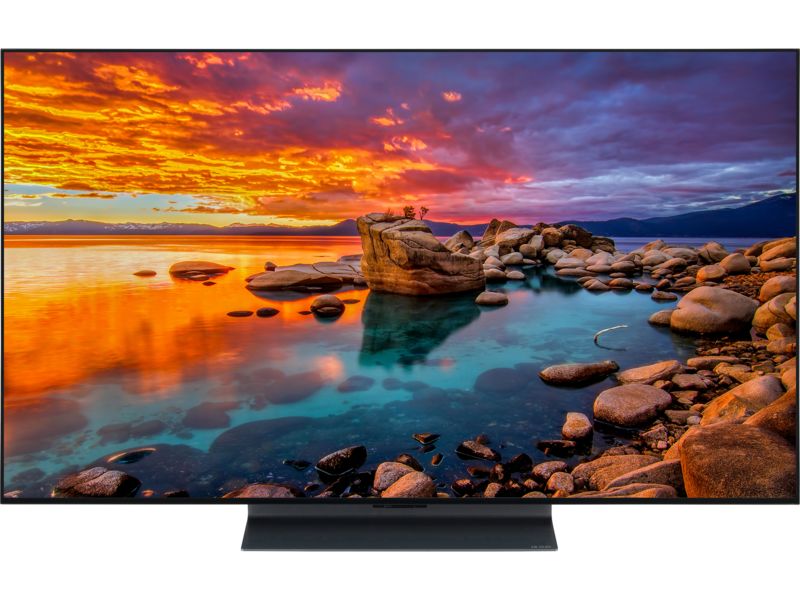How to connect audio and video devices to your TV

We don't spend a lot of time looking at the back of our TVs, but invest in a new sound bar or Blu-ray player and you're going to need to brave the inputs, outputs and acronyms that adorn your TVs less attractive side.
Most of the audio and video devices you buy for a TV plug in to an HDMI connector, but if your TV only has two HDMI inputs then it will be at capacity with just a Sky box and a Blu-ray player.
Nobody likes leaning over the TV to shift around connections, unplugging the PVR to connect a Blu-ray player all while trying desperately not to knock it over. But, once you understand what the less familiar connections on your TV do, you may find you can fit everything in with inputs to spare.
Use our TV connections wizard, below, to find out how to connect everything together.
Tech tips you can trust – get our free Tech newsletter for advice, news, deals and stuff the manuals don’t tell you
Our TV connections wizard
Not sure how to connect your devices to your TV? Our easy-to-use connections wizard will show you what you need to do.
Can't see our TV connections wizard? Wait a few seconds for it to load. If you still can't see it, then keep reading for detailed instructions on how to connect different devices to your TV.
How to connect a Blu-ray or DVD player
- HDMI cable - use this to connect your Blu-ray players to one of the HDMI inputs on your TV. Some DVD players connect the same way despite not displaying an HD signal.
- DVD player not got an HDMI output? This is because it's an older model. You'll need to use a Scart cable instead. However, TVs aren't made with Scart inputs any more, so you'll need to invest in a Blu-ray player (you can still watch standard DVDs on it) or buy a Scart to HDMI adaptor.
For step-by-step instructions on how to connect your system, use our TV connections wizard.
Whether you need a 4K Blu-ray player or just an HD one, you'll find our top scoring players in our pick of the best Blu-ray DVD players.
How to connect a home cinema system
As with a sound bar, the best connection for a home cinema system is HDMI ARC, since it can send the audio and video signals both ways. This is even more useful with home cinema systems since many of them include a Blu-ray or DVD player.
If you don't have HDMI ARC on your TV, then you'll need to use two cables:
- An HDMI cable will send the video signal from the Blu-ray player to your TV
- An optical or co-axial cable will send the audio to and from your home cinema system.
The benefit of using an optical or co-axial cable is that the other devices connected to your TV, such as PVRs, TV streamers and games consoles, will use your home cinema system's speakers, rather than those on your TV. This will also be the case if you connect via the HDMI ARC port.
You might also see eARC. It's the same as ARC, but supports higher resolution picture and higher fidelity sound, so use that if you've got it.
Our TV connections wizard will show you exactly how to connect your system.
How to connect PVRs and set-top boxes
- HDMI cable - use this to connect your PVR to your TV to display channels and recorded shows from your PVR.
- HDMI ARC input - if your TV has this, leave it free for audio devices (such as sound bars and home cinema systems) if you can. Use one of the other HDMI inputs instead.
You will usually need to connect an aerial or cable wire to the set-top box, too.
Our TV connections wizard will show you exactly how to connect your system.
Head to our best PVR and set-top boxes page to see all our favourite TV boxes.
How to connect a sound bar
Since the TV is sending audio to the sound bar, you need to connect the sound bar to an output on your TV.
- Most HDMI ports on TV are inputs - these only send the signals towards your TV.
- Newer sets have HDMI ARC ports - these act as an input and an output, sending the audio and video to and from the device it's connected to. This is the ideal connection for your sound bar.
- There's also HDMI eARC - this works the same as HDMI ARC, but can send higher quality audio signals.
If your TV doesn't have HDMI ARC or a port marked HDMI output, then you'll need to use the digital audio output. This will either be an optical or co-axial port, so make sure your sound bar has the matching input.
Tell our easy-to-use TV connections wizard what setup you have and it'll show you how to connect your devices.
Upgrade your TV with a Best Buy sound bar.
How to connect a TV streamer
These handy little streaming devices all connect via HDMI. You won't need a cable for some of the most popular models, including the Chromecast, Roku and Amazon Fire Stick, since the HDMI connector is built in.
Some streamers will also use one of the TV's USB ports for power.
You can spend as little as £30 on a TV streamer or as much as £180. Our guide to the best TV streamers will have a good choice for you whatever your budget.
How to connect a games console
The latest consoles, such as the Xbox Series X, PS5 and Nintendo Switch, all connect to your TV via HDMI. This is all you need to get the video and audio from your console onto your TV.
If you can, connect these devices to a HDMI 2.1 input. Not all TVs have one, but if it's available you'll get access to better features, such as 120Hz refresh rate, assuming your console and TV support it.
What about older devices?
If you still have a VCR or older DVD player then it will more than likely connect to your TV with a Scart cable.
Modern TVs no longer have Scart inputs, so you'll need to buy a Scart to HDMI adapter to use them with your TV.
Thinking of buying a new TV? Get the best for your budget with our expert TV reviews.



